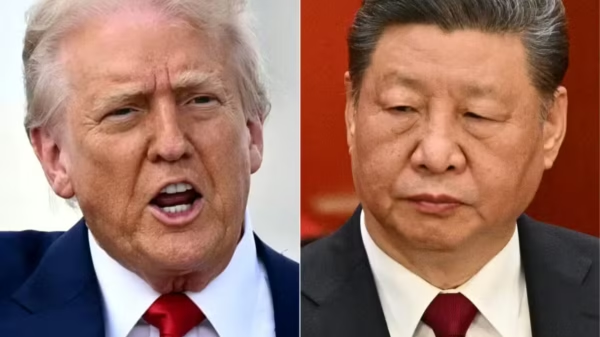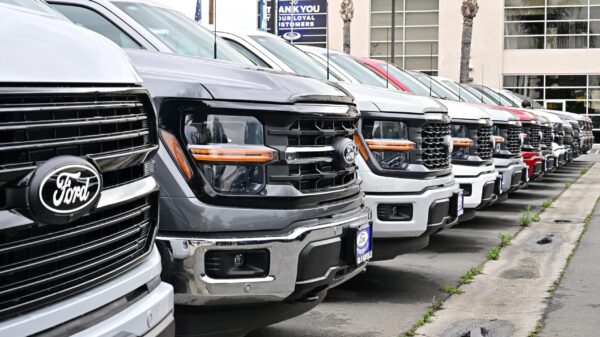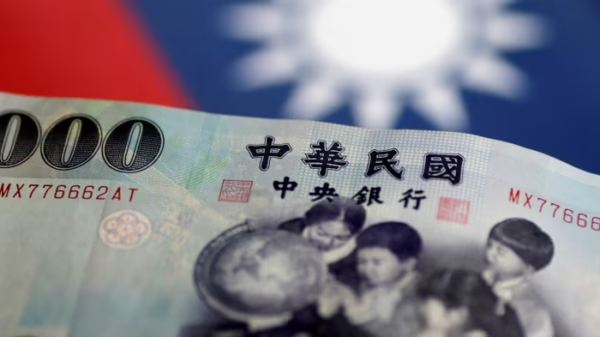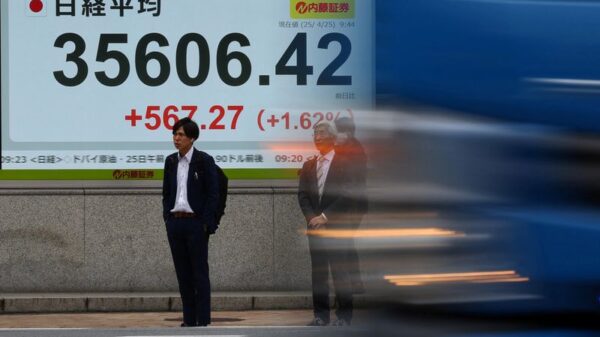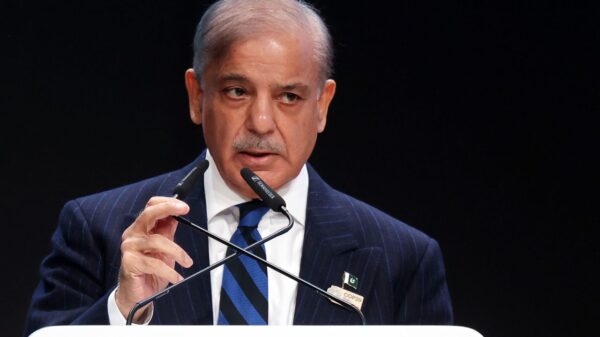Factors Contributing to the Slowdown in New Electric Vehicle Sales
The slowdown in new electric vehicle (EV) sales can be attributed to a confluence of factors that span market dynamics, economic conditions, government policies, and competitive pressures. One significant factor is market saturation. Early adopters, who were enthusiastic about transitioning to electric vehicles, have largely completed their purchases. The subsequent wave of potential buyers is demonstrating hesitancy, often waiting for further technological advancements or more favorable market conditions before committing to a high-cost purchase like a new EV.
Economic factors also play a critical role in the deceleration of new EV sales. Rising inflation and increasing interest rates have made consumers more cautious about making substantial investments. The financial burden of a new electric vehicle, despite potential long-term savings on fuel and maintenance, can be daunting under these economic constraints. This economic uncertainty contributes to a more restrained approach to purchasing new vehicles.
Government incentives have historically been a driving force behind the adoption of electric vehicles. However, in areas where these incentives have been reduced or eliminated, the impact on new EV sales has been palpable. Tax credits, rebates, and other financial incentives have been instrumental in offsetting the higher upfront costs of electric vehicles. Without these incentives, the price barrier becomes more pronounced, deterring potential buyers.
The competitive landscape within the automotive industry is another factor influencing the slowdown. The introduction of new models by both established automakers and startups has diversified the market. While this increased competition can be positive, offering consumers more choices, it can also fragment the market. Individual brand sales may slow as consumers take longer to decide between the plethora of new options available.
In summary, the slowdown in new electric vehicle sales is a multifaceted issue driven by market saturation, economic pressures, changes in government incentives, and a highly competitive market landscape. Each of these factors contributes to a complex environment that influences consumer decisions and shapes the trajectory of new EV sales.
The surge in used electric vehicle sales can be attributed to a combination of economic, technological, and environmental factors. One primary driver is the array of tax breaks and incentives available for purchasing used electric vehicles (EVs). These financial benefits make used EVs more accessible to a broader range of consumers, particularly those who may have found new EVs prohibitively expensive.
Another significant factor is the strategic price reductions implemented by manufacturers, most notably Tesla. By cutting prices on new models, Tesla has inadvertently created a surplus of affordable used Tesla vehicles in the market. This influx of used Teslas has made high-quality, technologically advanced EVs available at a fraction of the original cost, further stimulating demand.
Consumer confidence in the reliability and longevity of electric vehicles has also seen a marked improvement. Advances in battery technology and the track record of existing models have demonstrated that EVs can maintain their performance over many years. This growing trust in the durability of electric vehicles makes purchasing a used model a more appealing and less risky proposition for consumers.
From an environmental perspective, extending the life cycle of EVs through the used car market aligns with broader sustainability goals. By promoting the reuse of electric vehicles, the automotive industry can reduce the overall carbon footprint associated with car manufacturing and disposal. This aspect resonates with the increasing number of eco-conscious consumers who prioritize sustainability in their purchasing decisions.
The implications of this trend are multifaceted for the automotive industry. The rise in demand for used EVs is likely to intensify competition in the used car market. Dealerships and manufacturers may need to develop new business models and strategies to accommodate and capitalize on this growing segment. Additionally, the increased turnover of used EVs could lead to more robust supporting industries, such as maintenance services and battery recycling programs, further bolstering the ecosystem surrounding electric vehicles.









